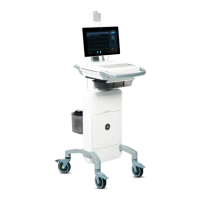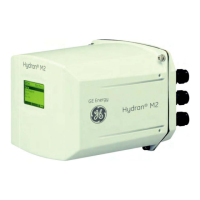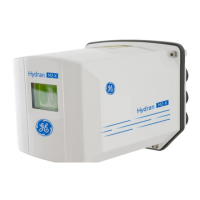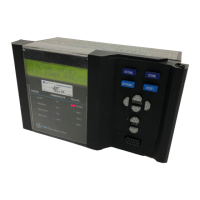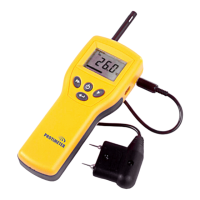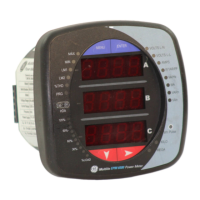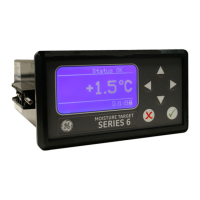3. Setting Up the DMS 2
Page 58 DMS 2 Operating Manual
Step 4:
Press below the selection titled PROBE. You’ll
note a list of probes that can be used with the DMS 2.
Step 5:
The specified probe will be the choice last displayed.
Selecting a TG Measurement Mode (TGMODE-TGMODE)
Step 1:
Activate the TGMODE submenu (if it’s not already
activated) by selecting it with
or so that it’s high-
lighted. Five selections will appear across the bottom of the
display screen. BE SURE THAT YOU’VE ALREADY
SELECTED A PROBE TYPE AS DESCRIBED ABOVE.
Step 2:
Press below the selection titled TGMODE.
You’ll note that
some
of the following measurement modes
are available: DUAL, DUAL-MULTI, S-PEAK, S-FLANK, SIP,
TopCOAT, and AUTO-V (Figure 3-5).
• DUAL—Used with a dual-element probe to test corrosion
thickness in NON-COATED materials, especially on
curved and irregular backwall surfaces.
• DUAL-M—Used with a dual-element probe to test thick-
ness in COATED materials. (no manual gain adjustment
available)
• S-PEAK—Used with a single-element probe to test thick-
ness in COATED materials, especially those with
smooth, parallel surfaces. (no manual gain adjustment
available)
• S-FLANK—Used with a single-element probe to test
thickness in COATED materials, especially those with
smooth, parallel surfaces.
• SIP—Used with a single-element probe to test thickness
in NON-COATED materials, especially those with
smooth, parallel surfaces.
• TopCOAT—Used with a special TopCOAT probe to test
thickness in COATED materials. Especially well suited
to curved and irregular (pitted) backwall surfaces.
(Optional)
• AUTO-V—Used with a special TopCOAT probe to
measure NON-COATED materials. Does NOT require
knowledge of the measured material’s type and
calculates velocity without a like-material calibration
standard. (Optional)
Step 3:
Note that only those modes that are supported by
your probe selection will be listed as options.
Step 4:
The TG mode will be set to the choice last dis-
played.

